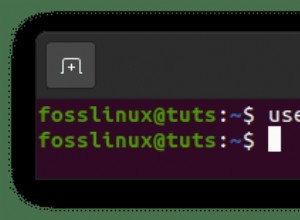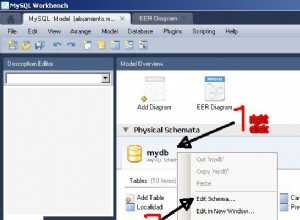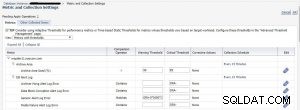Puoi usare SMO per quello. Prima di tutto, aggiungi i riferimenti a questi assiemi al tuo progetto:
- Microsoft.SqlServer.ConnectionInfo
- Microsoft.SqlServer.Smo
- Microsoft.SqlServer.SmoEnum
Si trovano nel GAC (scorrere nella cartella C:\WINDOWS\assembly).
Utilizzare il codice seguente come esempio di stored procedure di script:
using System;
using System.Collections.Generic;
using System.Data;
using Microsoft.SqlServer.Management.Smo;
class Program
{
static void Main(string[] args)
{
Server server = new Server(@".\SQLEXPRESS");
Database db = server.Databases["Northwind"];
List<SqlSmoObject> list = new List<SqlSmoObject>();
DataTable dataTable = db.EnumObjects(DatabaseObjectTypes.StoredProcedure);
foreach (DataRow row in dataTable.Rows)
{
string sSchema = (string)row["Schema"];
if (sSchema == "sys" || sSchema == "INFORMATION_SCHEMA")
continue;
StoredProcedure sp = (StoredProcedure)server.GetSmoObject(
new Urn((string)row["Urn"]));
if (!sp.IsSystemObject)
list.Add(sp);
}
Scripter scripter = new Scripter();
scripter.Server = server;
scripter.Options.IncludeHeaders = true;
scripter.Options.SchemaQualify = true;
scripter.Options.ToFileOnly = true;
scripter.Options.FileName = @"C:\StoredProcedures.sql";
scripter.Script(list.ToArray());
}
}
Vedere anche:SQL Server:Nozioni di base sugli script SMO .




